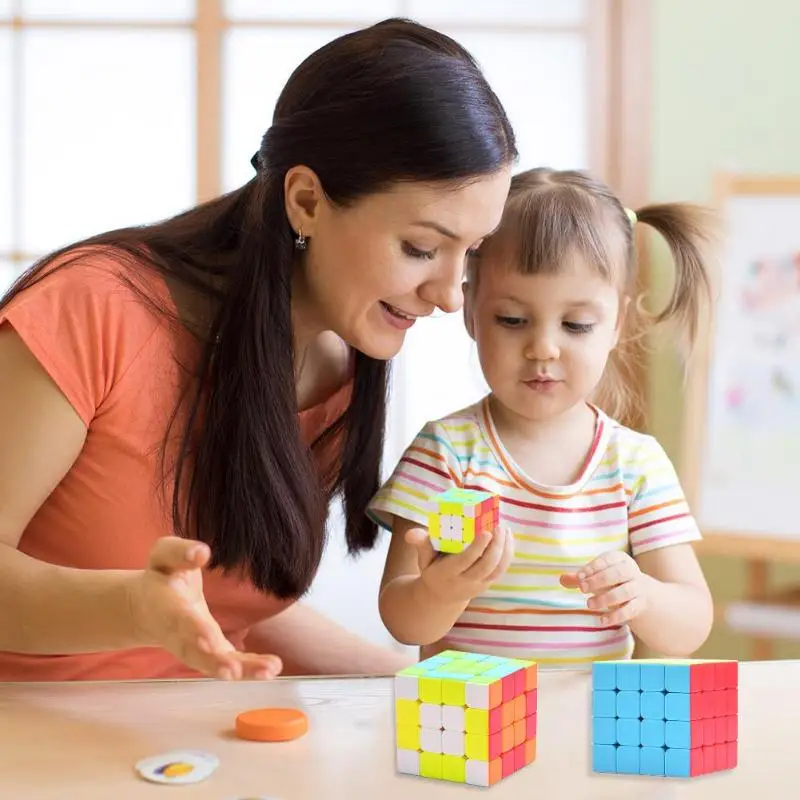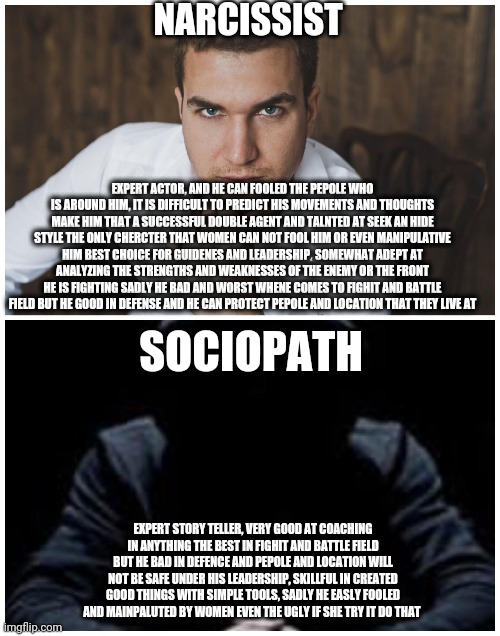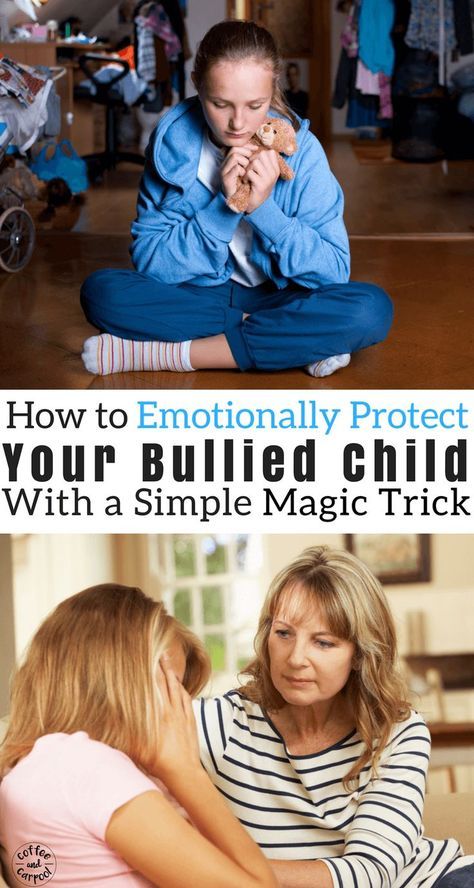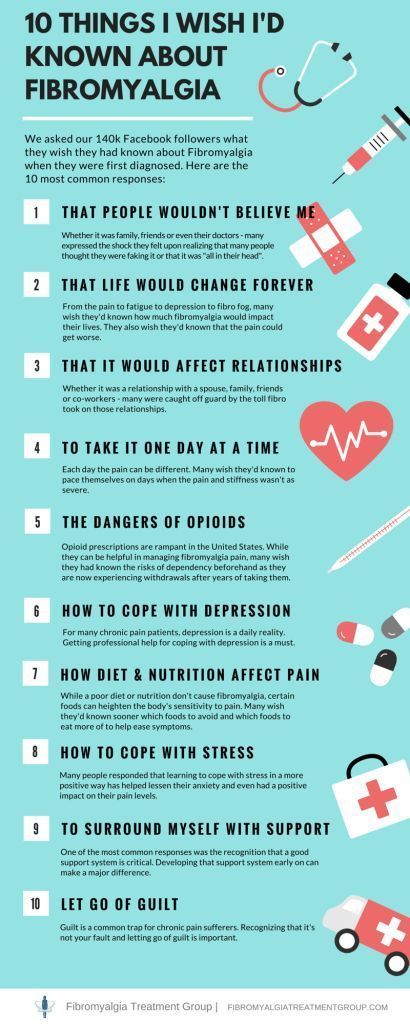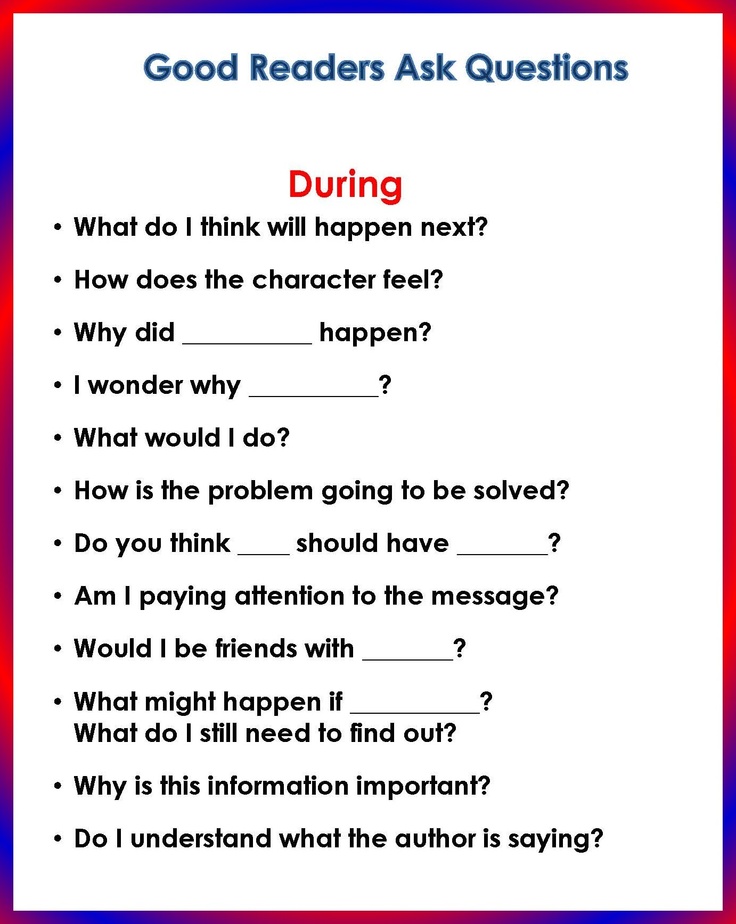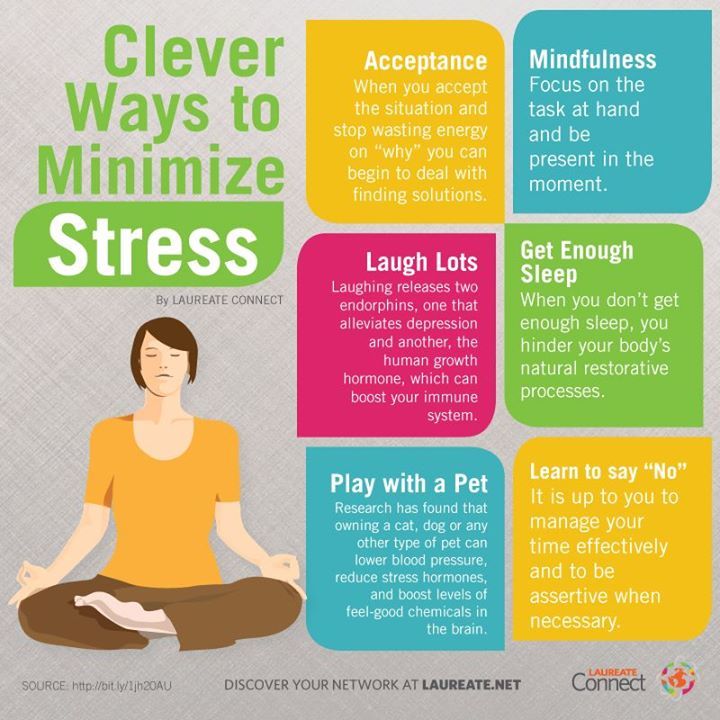Parent child attachment activities
5 Attachment-Based Activities to Strengthen Parent-Child Relationships
I tried to teach my child with books.
He gave me only puzzled looks.
I used clear words to discipline,
But I never seemed to win.
Despairingly, I turned aside.
How shall I reach this child? I cried.
Into my hand he put the key:
Come, he said, Play with me.
Author unknown (adapted by Aletha Solter)
( Halfpoint – Fotolia.com)
Children who are displaying problematic behaviors such as having difficulty managing their emotions, having aggressive behaviors, or who often act whiny or needy may benefit from attachment-based activities. This is particularly true if the child has experienced challenges during the first few years of life. Attachment-based activities can also be helpful for children who may have experienced some trauma or even less severe stressful situations. These activities are even useful for well-behaving, happy children.
Attachment-based activities are essential and beneficial for all children (and adults, as well, which is a topic for another post).
If you are a parent and your relationship with your child has been strained for any reason, if you and your child don’t seem to be getting along very well, or if you simply want to strengthen the relationship between you and your child, attachment-based activities can help to do that.
Attachment-based activities are activities that enhance the attachment between the child and parent. Attachment is the bond that children develop with their primary caregivers in the first few years of life. This attachment is extremely influential on how the child relates to others, the nature of their relationships, and how they view themselves and, other people, and the world for the rest of their life. This is not to say that what happens in the first few years of life is totally deterministic of the child’s outcome. There is the possibility that later experiences and the child’s internal processes and personality can alter the effects that early attachment may have (in a positive or negative way).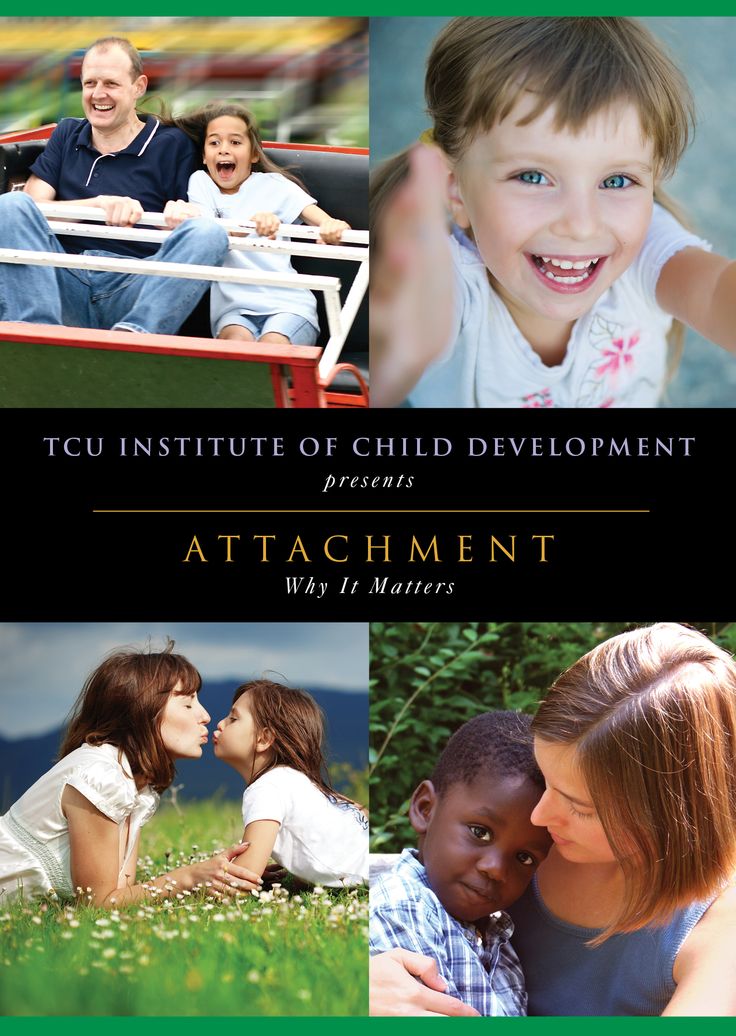
5 Attachment-Based Activities
1. Playful Copycat (or Mirroring the Child)
This activity does not necessarily require any physical items or toys. All it takes is having the parent and child both present and ready to interact with each other. The basic idea for this activity is to have the parent playfully copy what the child is doing, such as by having the child begin by clapping his hands together and having the parent clap their hands in the same volume and speed as the child. When the child changes his style of clapping (such as louder or softer), the parent should imitate the child. Eye contact, smiles, and laughs are also helpful to promote a healthy relationship and repair or enhance attachment. Mirroring can also be done with other activities, such as jumping, playing with toys, or facial expressions.
2. Bean Bag Game
Have the child place a bean bag or another soft toy that is fairly easy to balance on top of his head.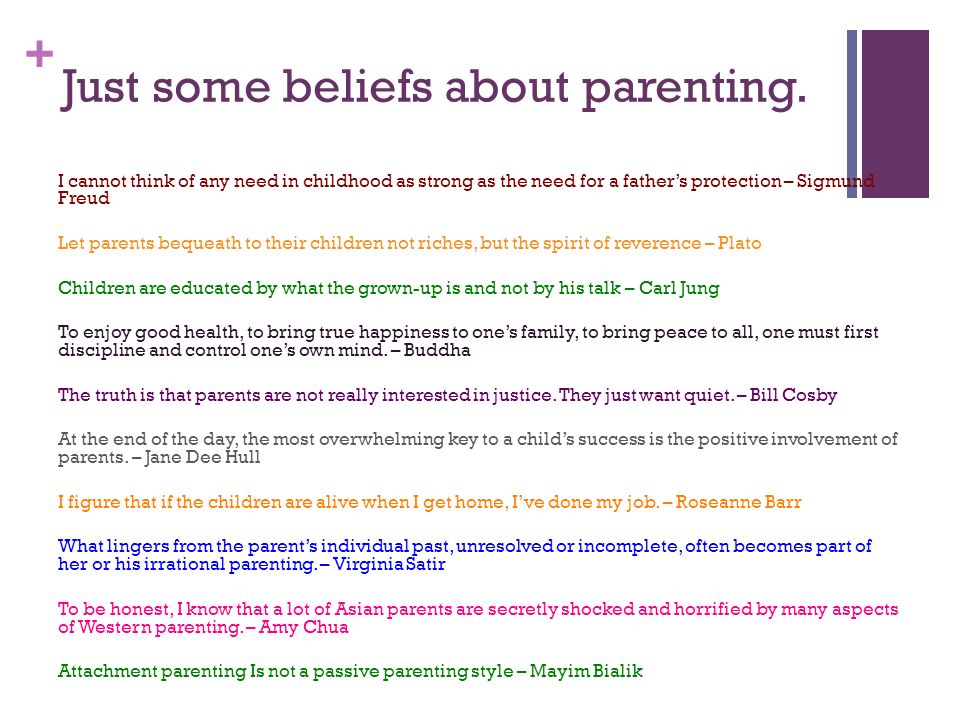 Have the parent sit in front of the child and place her hands in front of her. The child is then directed to tip his head forward to try to get the bean bag in the parent’s hands. The child should tip his head when the parent blinks her eyes. (This will promote eye contact.) Have the parent use as much eye contact as possible. Again, it is important for the parent and child to have fun with this activity. Laughter has been found to be healing and can help to repair and enhance a relationship. (activity adapted from Walton)
Have the parent sit in front of the child and place her hands in front of her. The child is then directed to tip his head forward to try to get the bean bag in the parent’s hands. The child should tip his head when the parent blinks her eyes. (This will promote eye contact.) Have the parent use as much eye contact as possible. Again, it is important for the parent and child to have fun with this activity. Laughter has been found to be healing and can help to repair and enhance a relationship. (activity adapted from Walton)
3. Piggy-Back Rides
Piggy-back rides can help to strengthen parent-child relationships and repair or enhance attachment because they involve fun and physical closeness. When children are babies, they need plenty of physical contact with their parents. Babies thrive not only from being fed and kept physically safe, but also from feeling the comfort and security of having their parent close to them.
4. Lotion Massage
Using lotion to massage a child’s hands or feet can enhance attachment and strengthen a parent-child relationship. The massage can relax a person’s physical body by reducing tension and bringing the brain into a less defensive state.
The massage can relax a person’s physical body by reducing tension and bringing the brain into a less defensive state.
5. Brushing Hair
Sometimes girls can be fussy about getting their hair brushed, especially if they have experienced pain from well-meaning parents brushing their hair too hard. However, allowing a daughter to gently brush her mother’s hair and having a mother gently brush her daughter’s hair can be an activity that can promote connection. This can be a calming activity that includes a sense of nurturing which connects to a person’s internal experience of attachment and bonding.
Check out: Raising a Secure Child: How Circle of Security Parenting Can Help You Nurture Your Child’s Attachment, Emotional Resilience, and Freedom to Explore for more information on developing strong parent-child attachment.
Here are some more attachment-based activities from Nichols and Nichols.
30 Games to Nurture Healthy Attachment with Your Child
By Wendy Witham, LMFT
If you are a parent of an at-risk child, it can be difficult to build a healthy and nurturing relationship with your child who may seem uncomfortable and not easily trust you.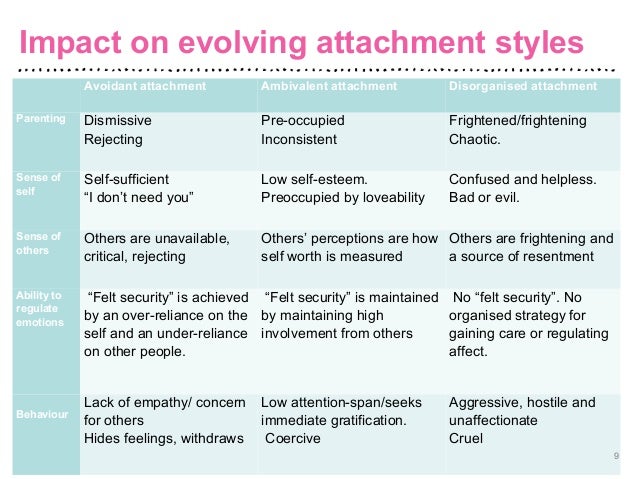 Do not be discouraged. Many parents, especially foster and adoptive parents, have this problem, and strategies based on the concept of play can help you moving forward.
Do not be discouraged. Many parents, especially foster and adoptive parents, have this problem, and strategies based on the concept of play can help you moving forward.
What are the benefits of play?
Play with parents helps children learn trust, self-regulation, self-esteem, and improves their ability to have fun and experience joy in their attachment relationships. Play becomes an important part of nurturing attachment between adults and children—and among all family members.
Purposeful play focuses on building attachment by attending to needs, creating safety, allowing exploration, and providing attunement to the child’s feelings and experiences. Having a scheduled time for play that focuses on these benefits is helpful along with having time for family fun and recreation. Eating together during playtime is also a nurturing experience.
During times of play, maintaining eye contact, initiating physical touch and verbalizing words of encouragement enhance the experience.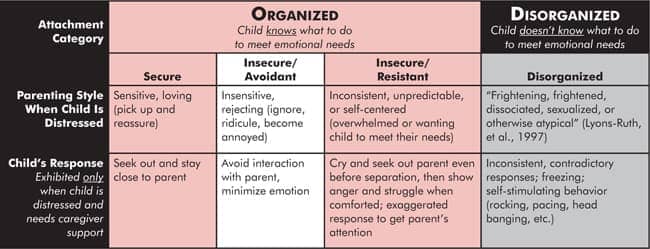 Games that facilitate attachment involve the following elements: taking turns, encouraging physical touch, copying each other, following the leader, sharing feelings, and building skills. Parents can adapt games to suit their child’s particular needs.
Games that facilitate attachment involve the following elements: taking turns, encouraging physical touch, copying each other, following the leader, sharing feelings, and building skills. Parents can adapt games to suit their child’s particular needs.
It is important to be attentive to your child’s experiences. If your child has a history of trauma, you should be aware that “nurturing” activities that incorporate eye contact and touch, could trigger uncomfortable feelings.
To alleviate these triggers, you should invite your child to participate, while allowing your child to lead and be free to say no to something that is uncomfortable. If there is distress, it is helpful to stop, talk, soothe and move to a different activity. With invitations to participate over time, your child should feel more comfortable, trusting and safe.
You may have some creative ideas for games, but here are a few suggestions to start. (Some of these activities are taken from the Theraplay® model):
- Caring of Hurts: Ask your child if there are any “hurts” that need band-aids or lotion or simply blow on the hurt.
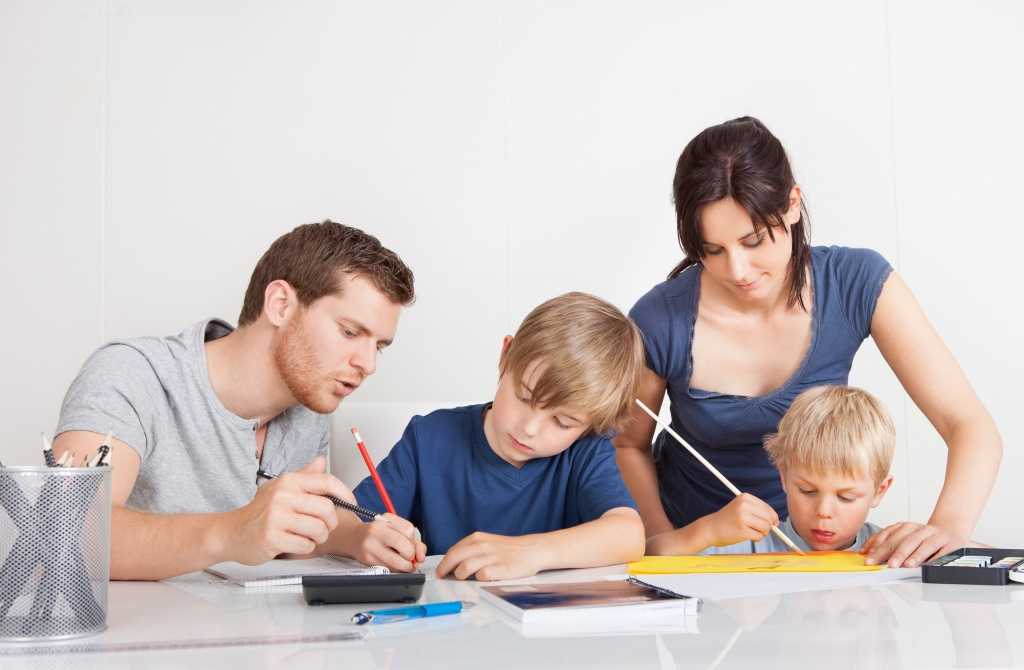 These can include physical scratches or scrapes, or emotional hurts (a child was teased today at school). Attend to these hurts with empathy.
These can include physical scratches or scrapes, or emotional hurts (a child was teased today at school). Attend to these hurts with empathy. - Feeding: Have a small snack and drink available. Sit your child comfortably against pillows facing you or on your lap. Feed your child, listen for crunches, and notice whether your child likes the snack or is ready for more. Encourage eye contact.
- Butterfly Kisses: Do a combination of different kinds of kisses— butterfly technique is with your eye lashes fluttering against your child’s cheek.
- Cotton Ball Soothe: Lay your child down with her head on a pillow or on your lap, close her eyes while you gently touch her with a cotton ball around her facial features, commenting on her uniqueness.
- Say Nice Things: Look directly into your child’s eyes and state several positive attributes.
- Features in Mirror: You and your child look in the mirror as you point out his special features.
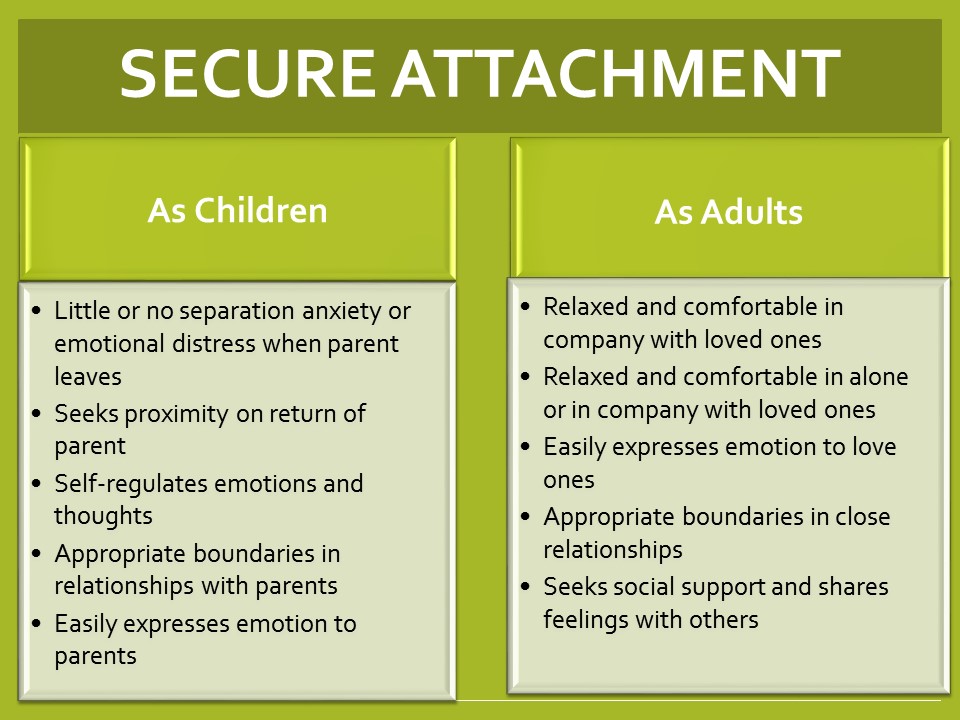
- The “I Remember When” Story: You can tell a story about your child. This can accompany a feeding activity. Allow your child to listen while eating, and within proximity of each other. The content can be funny or poignant but is often most effective if it describes a time when your child accomplished some new developmental milestone, or a time when you helped meet his needs.
- Wiggly Parts/Stiff Parts: This is an inventory activity as you find which body parts of your child are wiggly or stiff. “I wonder if your nose wiggles” “What about your ears?” “What about your tongue?” etc.
- Beanbag Game: This is a great activity for bolstering structure and engagement in a fun way. Place a beanbag on your child’s head and pick a cue word, for example, “wiggle,” that is shared with your child. You can say a couple of other words beginning with “w” while making eye contact with your child. When you say the cue word, she should drop her head and catch the beanbag in her hands.
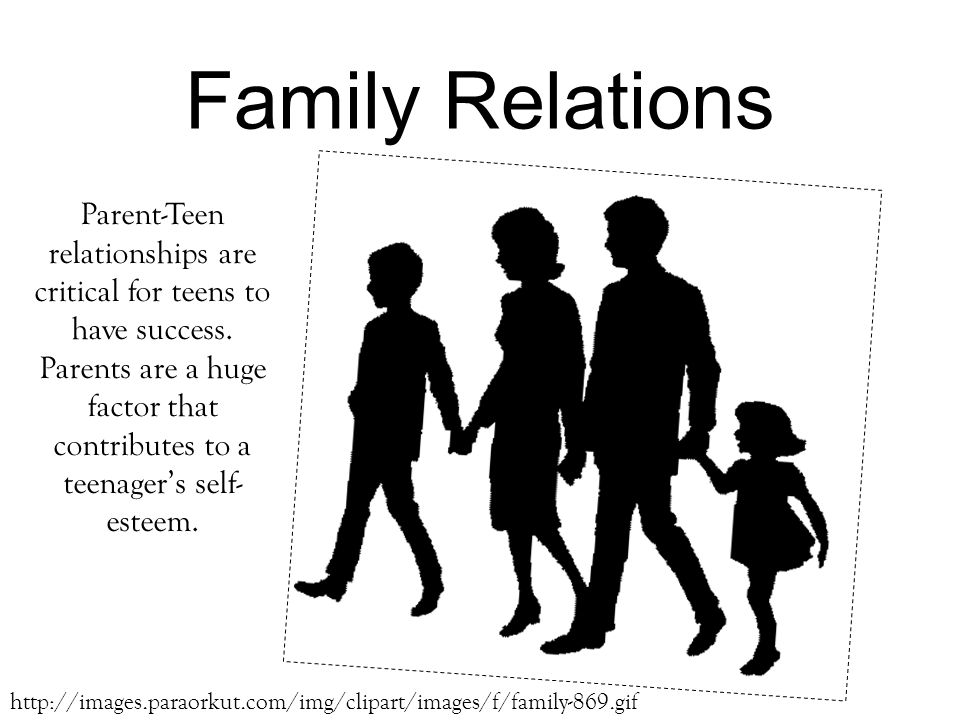 Your child’s ability to wait, listen carefully, and drop the beanbag at exactly the right time is celebrated. Cues can move from verbal to non-verbal as your child’s skills in reading caregivers improve.
Your child’s ability to wait, listen carefully, and drop the beanbag at exactly the right time is celebrated. Cues can move from verbal to non-verbal as your child’s skills in reading caregivers improve. - Clap Patterns: Make different clapping sounds with your hands starting with a simple sequence of claps and allow your child to copy it. Everyone can take a turn leading the clap patterns.
- Hand, Foot, or Body Outline: Lay your child on her back on a large piece of paper and outline her body with a felt pen. Later, everyone fills out physical features while commenting positively— i.e., “black shiny hair, rosy cheeks, strong arms, etc.”
- Head and Shoulders, Knees and Toes: Sing this song while pointing to your child’s body parts when they are named: “Head and shoulders, knees and toes, Knees and toes, knees and toes, Head and shoulders, knees and toes. Eyes, ears, mouth and nose.”
- Mirroring: You and your child are seated or in a standing position while facing each other as both of you have your hands raised in front with palms facing, but not touching each other.
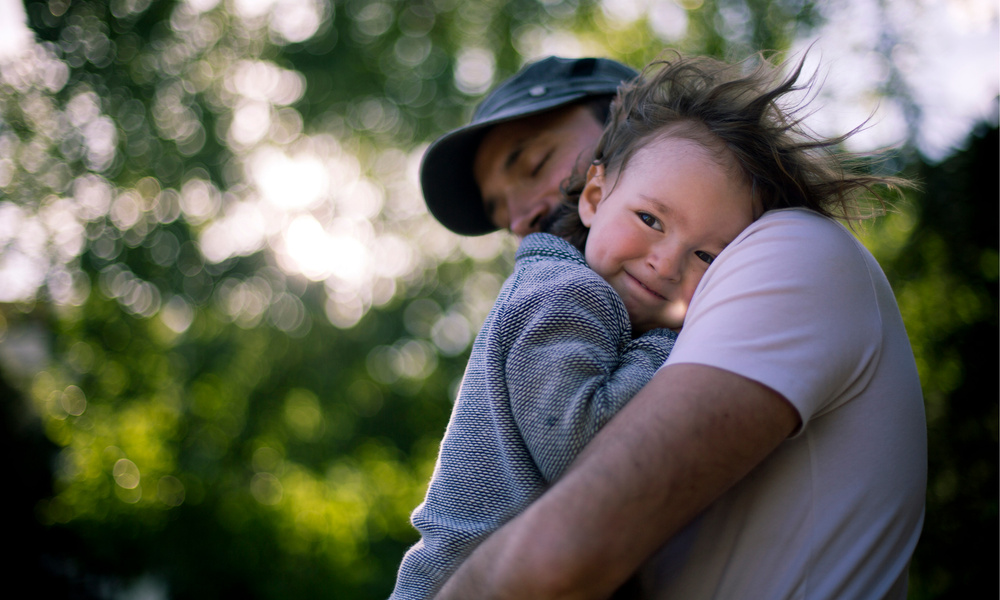 You begin to move your hands slowly as your child’s hands must shadow (mirror) your movements.
You begin to move your hands slowly as your child’s hands must shadow (mirror) your movements. - “Peanut Butter”, “Jelly”: You say “peanut butter” and your child responds “jelly,” while copying your vocal inflection (loud, soft, fast, slow, etc.). Then your child can do the same for you.
- The Dyadic Dance: You and your child are standing and facing each other while holding hands. Use facial gestures and body movements (a wink of the right eye, a nod of the head) to tell your child to move one step to the right or to the left. You and your child must make good eye contact for this game to be successful and the roles of leader and follower can switch throughout.
- Balloon between Two Bodies: Hold a balloon between you and your child (such as between hips, legs, foreheads, elbows) and move across the room without dropping or popping the balloon. You can make this more challenging by returning to your start position going backwards.

- Balloon Tennis: Hit a balloon back and forth with your child while trying to keep it in the air. You can make this more challenging by seeing if you can hit it back and forth a specific number of times and by increasing the number of volleys if you are successful.
- Bubble Catch: Have your child try and catch as many bubbles as possible before they reach the floor. For an added challenge, have your child use only one body part or get “linked” (holding hands, linked elbows) to another person to catch the bubbles.
- Feather Blow: Both of you each hold a piece of construction paper (or a pillow) in front. Blow a feather from your paper (pillow) to your child’s. Your child must catch the feather on the paper (pillow) and then blow it back. If you have an older child, more than one feather can be used for an added challenge.
- Feather Guess/Cotton Ball Guess: Your child closes his eyes. You lightly touch different parts of your child’s body with a feather or cotton ball.
 Your child tells you which part of her body you are touching.
Your child tells you which part of her body you are touching. - Magic Carpet Ride: Your child sits on a blanket on the floor while you pull her around the room at different speeds, alternating directions by going forward, in circles or zig zags.
- Mountain of Bubbles: Use a large plastic bowl or basin. Fill the bowl about two-thirds with water. Add several squirts of dish soap. Each family member has a straw. On a signal, challenge them to make a “mountain of bubbles.” They can also “blow the mountain down” by gently blowing air at the suds.
- Ping Pong Ball Blow: Everyone lays on their stomachs facing inwards in a circle or facing each other if there are only two people. A ping-pong ball is placed in the center and each person tries to blow it away from themself and toward the other person. Holding hands helps to form boundaries for the ping-pong ball.
- Pop the Bubbles: Blow a bubble and have your child pop it with a particular body part, such as a finger, elbow, and toe or by clapping.
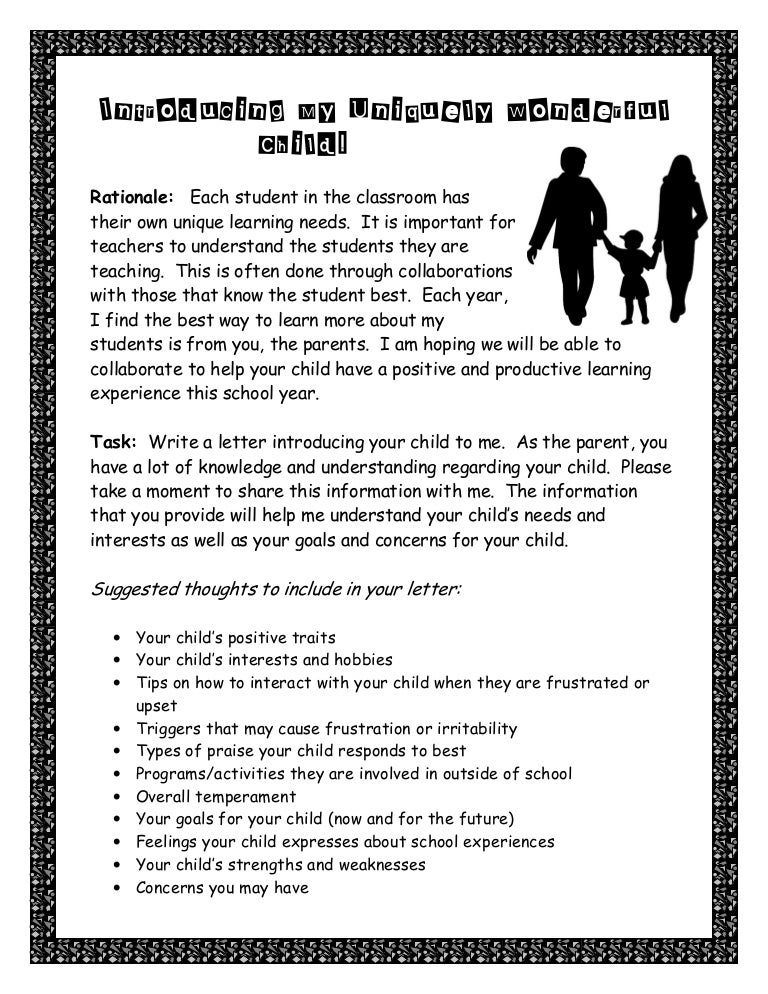
- Toilet Paper Bust-Out: Wrap toilet paper around your child’s arms and body several times and then delight in her strength as she busts free from the wrapping when a cue word is given.
- Wheelbarrow: Lift and hold up your child’s legs while he braces himself on his arms with his head up. Have him move forward by “walking” with his hands.
- Dancing In: Have your child stand on your feet while you support your child with one arm around her back, holding her other hand in dancing form while singing a song, i.e., “The more we dance together, together, together, the more we dance together, the happier we’ll be.” Or make up a song with your child’s name in it.
- Mirror, Mirror on the Wall: Face your child as both of you stand. Move your arms slowly and have him copy this movement as if you are mirror images of each other. This is an especially fun activity to do with facial gestures.
- Popcorn Blanket: Place a small blanket on the floor and tell your child it is a pan to make popcorn.
 Then add several “popcorns” (pom-poms or cotton balls) to the pan. Have your child hold onto two corners of the blanket while you hold onto the other corners. As the pan “heats up,” use the blanket to make the popcorn “pop.”
Then add several “popcorns” (pom-poms or cotton balls) to the pan. Have your child hold onto two corners of the blanket while you hold onto the other corners. As the pan “heats up,” use the blanket to make the popcorn “pop.” - Push Me over, Pull Me up: Sit on the floor in front of your child. Place her palms against yours. On a signal, such as a word or eye blink, have her push you over. Fall back in an exaggerated way. Stretch out your hands so she can pull you back up.
Remember, purposeful play should always enhance a sense of safety and trust for a child. As trust grows, it may be appropriate to invite your child to try an activity even if hesitant. For reassurance, you can ask her, “Should we try this game again?” “If we touch this way, will that feel safer?” “How can we change the game to make it better?” “Let’s do something else, what would you like to do?” or state “We can try this another time.” By utilizing these strategies, you will eventually increase your child’s comfort level and gain your child’s trust through fun interactions and healthier attachment.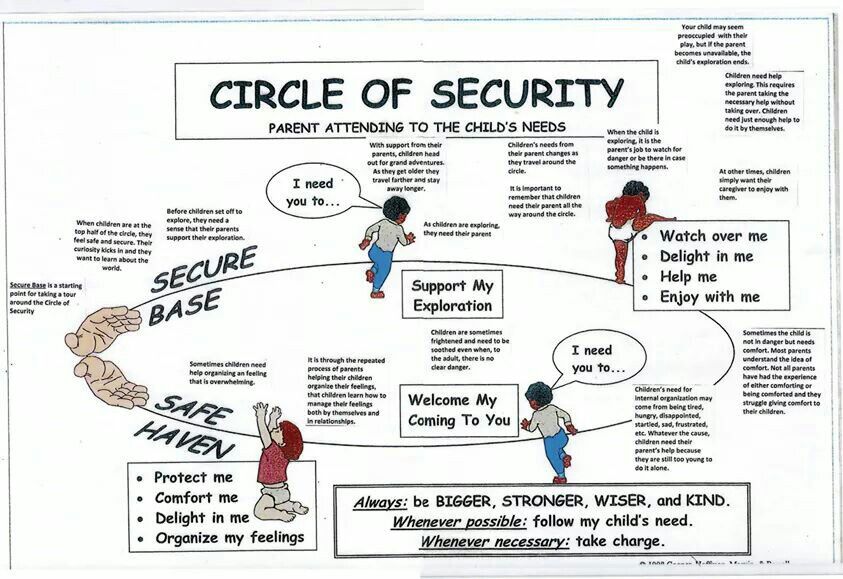
Wendy Witham, LMFT, is a therapist in private practice for 30 years who has worked with teens, adults and families around a variety of concerns. As a single adoptive parent with a grown daughter, Wendy is a longtime member of our Help One Child family network.
Coping with Covid: How to Make the Most of Your Time at Home with High-Needs Children
Undoubtedly, kids everywhere are sad right now. For most kids, this doesn’t look like tears but more likely presents as anger, frustration, tiredness, numbness, displaced frustration and boredom.
Read More Coping with Covid: How to Make the Most of Your Time at Home with High-Needs ChildrenContinue
Giving Every Child and Adult a Voice
With almost half the nation’s children having experienced at least one or more types of serious childhood trauma (National Survey of Children’s Health), there is a great need for healing and resiliency building.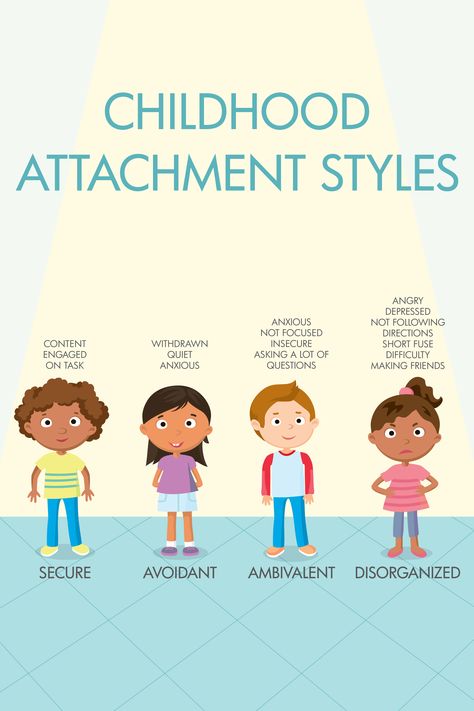 This month’s blog post asks “What is STRONG with you, not what is wrong with you!” Witness one adoptee’s path to healing, resiliency and self-care.
This month’s blog post asks “What is STRONG with you, not what is wrong with you!” Witness one adoptee’s path to healing, resiliency and self-care.
Read More Giving Every Child and Adult a VoiceContinue
Breaking the Cycle: Don’t Let Shame and “Old” Rules Govern You
Family patterns are difficult to break, but it’s possible. Read Help One Child’s blog, “Breaking the Cycle: Don’t Let Shame and “Old” Rules Govern You” by Laura Elizabeth DeHority, LMFT, to learn how. DeHority explains how the voices of our parents subconsciously influence our adult choices and parenting.
Read More Breaking the Cycle: Don’t Let Shame and “Old” Rules Govern YouContinue
Boundaries: Difficult to Establish, Necessary for Relationship
Boundaries are necessary and are critical for parenting – especially in high-needs kids.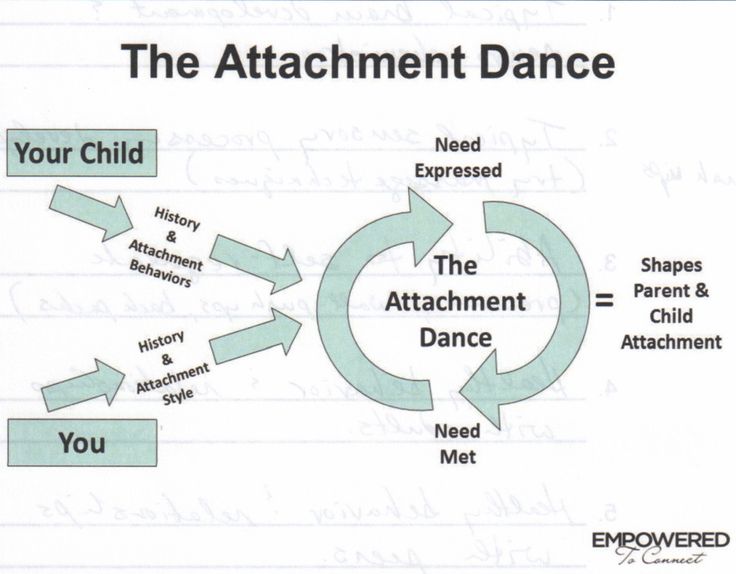 Help One Child’s latest blog shares 10 steps to setting healthy boundaries, which keep toxicity away and create more peace within the home. Read “Boundaries: Difficult to Establish, Necessary for Relationship” by Laura Elizabeth DeHority, LMFT, to learn more.
Help One Child’s latest blog shares 10 steps to setting healthy boundaries, which keep toxicity away and create more peace within the home. Read “Boundaries: Difficult to Establish, Necessary for Relationship” by Laura Elizabeth DeHority, LMFT, to learn more.
Read More Boundaries: Difficult to Establish, Necessary for RelationshipContinue
How to Help Your Foster or Adopted Child Succeed
Helping children succeed is indeed a tough job, and doubly so for traumatized children. But what is success? Read this month’s blog for exploration with our regular trainer, therapist, and former foster youth, Donna Erickson, M.A.
Read More How to Help Your Foster or Adopted Child SucceedContinue
Developing a child's attachment to parents
Relationships between parents and children are always very strong and deep. It is impossible to assess the degree of attachment of the child to the parents, because they are relatives by blood and spirit. The mutual love of parents and their babies is a strong bond that allows you to cope with any adversity. Children with such a strong emotional connection have many advantages: high self-esteem, stress resistance, the ability to easily adapt in a team and find a common language with people.
It is impossible to assess the degree of attachment of the child to the parents, because they are relatives by blood and spirit. The mutual love of parents and their babies is a strong bond that allows you to cope with any adversity. Children with such a strong emotional connection have many advantages: high self-esteem, stress resistance, the ability to easily adapt in a team and find a common language with people.
What is an emotional bond with a child?
Emotional connection is a rather complex concept that is difficult to explain. It's easier to imagine. Such a connection is like an invisible thread that connects the hearts of two or more people. And the emotional connection between mother and child is even more important, because a woman carries a child under her heart for 9 whole months. For almost a year she has been a single whole with him. She begins to take care of him much earlier than her father, because it depends on her health, actions, words how the baby will be born.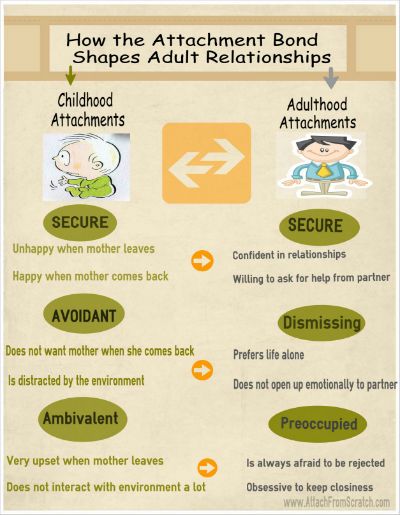 Attachment is formed the moment a woman finds out she is pregnant. At the same moment, her life is divided into before and after.
Attachment is formed the moment a woman finds out she is pregnant. At the same moment, her life is divided into before and after.
Attachment of parents and children
The development of a child's attachment is growing every day. Such relationships between adults and children last a lifetime, and every year they become only stronger. Scientists have proven that already at 24 weeks of pregnancy, the fetus hears how parents are talking to him. Gradually, he begins to recognize their voices. He associates them with closeness, warmth, protection and care. Moreover, babies feel when their mother strokes her stomach.
People who are connected by such an emotional connection have a lot in common. They are even comfortable just being silent in each other's presence. And this silence will be the most wonderful pastime.
To strengthen the relationship between parents and children, it is necessary to constantly provide mutual tactile actions. Take the baby by the hand, hug, kiss.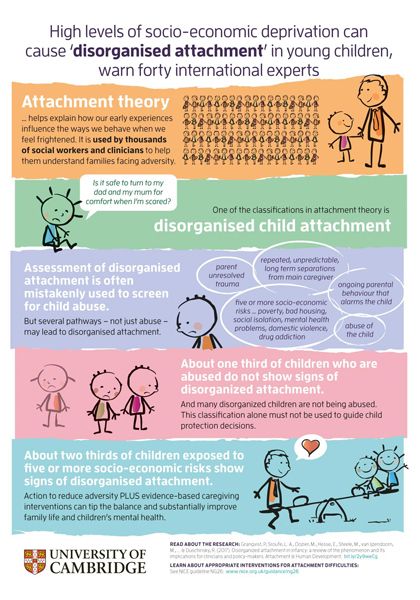 Tell him how much you love him, how happy you are that you have him. And the backlash will not be long in coming.
Tell him how much you love him, how happy you are that you have him. And the backlash will not be long in coming.
How to form an emotional connection with a child
Attachment does not appear at the moment of birth. To establish a connection with the baby, you need to behave correctly from the first days of the baby's life. Eye contact, a gentle voice, a willingness to help - we understand the importance of some actions intuitively. The remaining secrets of mutual understanding can be comprehended by observing simple rules.
- Become a stone wall for your son or daughter. A sense of security and a sense of comradeship is the basis of a trusting relationship. To raise a genius, it is not enough just to send the baby to the AMAKids Intelligence Development Academy. Provide freedom, give opportunities, encourage initiative and be there in moments of difficulty.
- Find opportunities for communication. Joint games and hobbies will strengthen spiritual relationships even stronger.
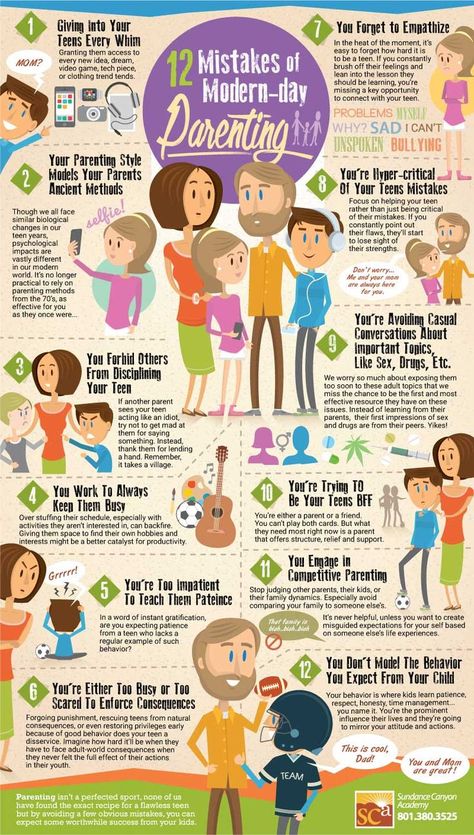 At the same time, it absolutely does not matter what you are doing - mastering the Liberica technique or making handicrafts. By spending time together, you will learn more about his interests and be able to establish useful traditions.
At the same time, it absolutely does not matter what you are doing - mastering the Liberica technique or making handicrafts. By spending time together, you will learn more about his interests and be able to establish useful traditions. - Learn to express emotions. High emotional intelligence is the ability to easily adapt to the world around you and feel harmonious. Help your child learn to show and manage emotions. Watch his reactions, put yourself in his shoes, and feel free to show your own feelings. Open emotions will help you connect and instill important skills.
- Be patient. From an early age, children plague their parents with tantrums and whims. Preschoolers are mischievous, unable to express their feelings, teenagers try to manipulate adults. One way or another, your task is to always stay close. Try to switch the attention of the little troublemaker, help him get out of an unpleasant situation by offering an interesting game or joint activities.
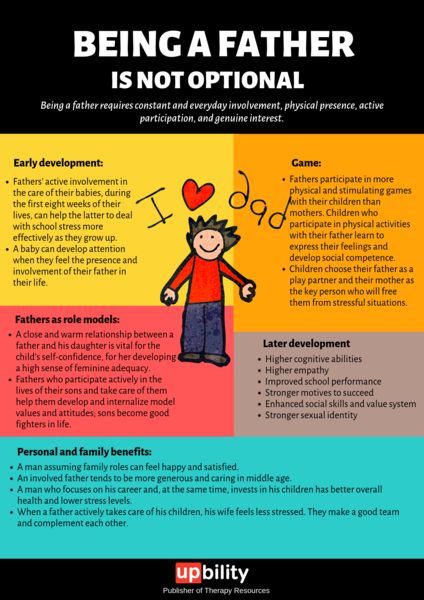 For example, enroll in the AMAKids Intelligence Development Academy and try to go through a quest with tasks in mental arithmetic together.
For example, enroll in the AMAKids Intelligence Development Academy and try to go through a quest with tasks in mental arithmetic together. - Be predictable. Try to follow the daily routine, enter simple rules and follow them with the whole family. So you will make life more measured and safe, and your little fidget will know exactly what and when is required of him.
- Love your baby. Feel free to openly show love and tenderness. A sense of security, a sense of attention and care will help establish a warm, trusting relationship. Over the years, the attachment will become stronger, instilling in your child self-confidence and a desire to explore the entire Universe.
Emotional dependence of the child on the condition of the parents
The emotional attachment of the child to the parents cannot be compared or calculated. Adults need to know that their moods influence how children think about themselves. If mom is upset, and dad swears, the baby immediately begins to think that he is bad.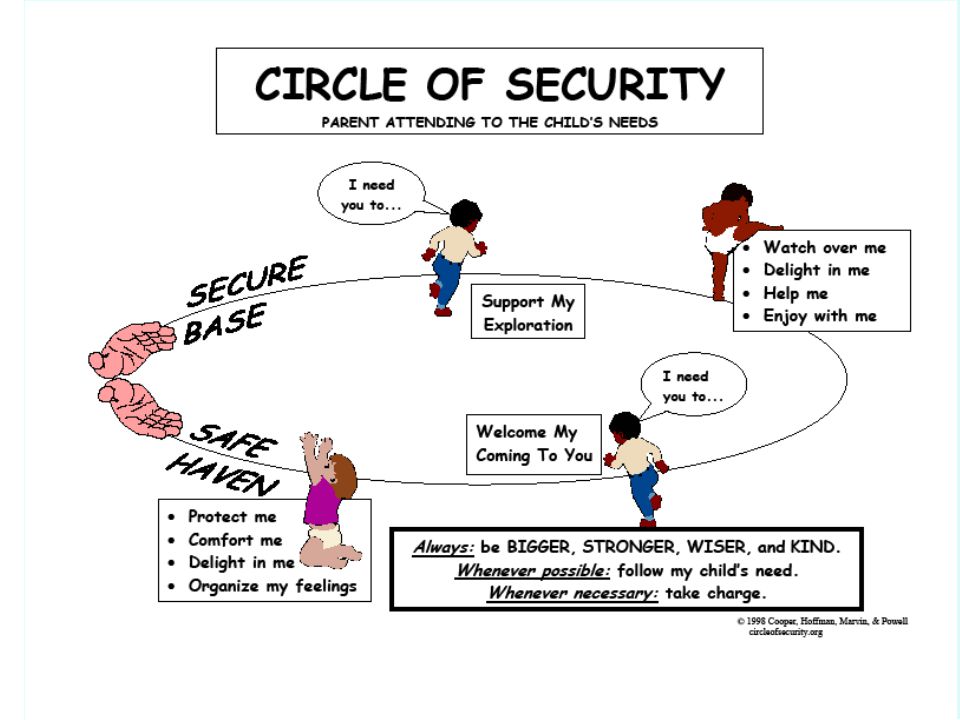 It is he himself, and not his words or actions, for which you can ask for forgiveness. Unfortunately, most parents forget about this childhood feature, thus forming complexes in the child. The baby, like a sponge, absorbs the atmosphere in which it is located. And he often believes that he will live in the future exactly the way his parents live. If there are problems in the family, then it will be difficult for a child in adulthood to start a family of his own. And vice versa, if mom and dad are happy together, then the baby is ready to reveal himself to the world.
It is he himself, and not his words or actions, for which you can ask for forgiveness. Unfortunately, most parents forget about this childhood feature, thus forming complexes in the child. The baby, like a sponge, absorbs the atmosphere in which it is located. And he often believes that he will live in the future exactly the way his parents live. If there are problems in the family, then it will be difficult for a child in adulthood to start a family of his own. And vice versa, if mom and dad are happy together, then the baby is ready to reveal himself to the world.
4 types of attachment between parents and child. And how they affect adult life
Someone has no problem developing stable relationships. And someone is constantly "unlucky". Family therapist Andrea Brandt told Psychology Today how different types of attachment between parents and children affect relationships in adulthood. We publish the translation of the article.
Emotional traumas received in childhood can seriously affect our relationships in adulthood. Especially with close people. Sometimes we cannot understand exactly how, but we definitely feel it. Depending on what our relationship with our parents was like in childhood, we form one or another type of attachment. It depends on him how we will continue to behave in relations with a partner. Psychologists distinguish four types of attachments:
Especially with close people. Sometimes we cannot understand exactly how, but we definitely feel it. Depending on what our relationship with our parents was like in childhood, we form one or another type of attachment. It depends on him how we will continue to behave in relations with a partner. Psychologists distinguish four types of attachments:
1. Secure attachment
This is the correct type of attachment. It is formed in children who grow up in happy, friendly families, where parents constantly maintain emotional contact with them. In adulthood, they do not alienate their loved ones and do not become dependent on them themselves. They trust their loved ones, feel worthy of love, respect their partner and are ready to seek a compromise. Of course, such people also have problems in relationships, but their cause must be sought not in childhood, but somewhere else.
2. Anxious-avoidant attachment
When parents reject a child, do not respond to his needs, do not support him emotionally, this type of attachment is formed in him.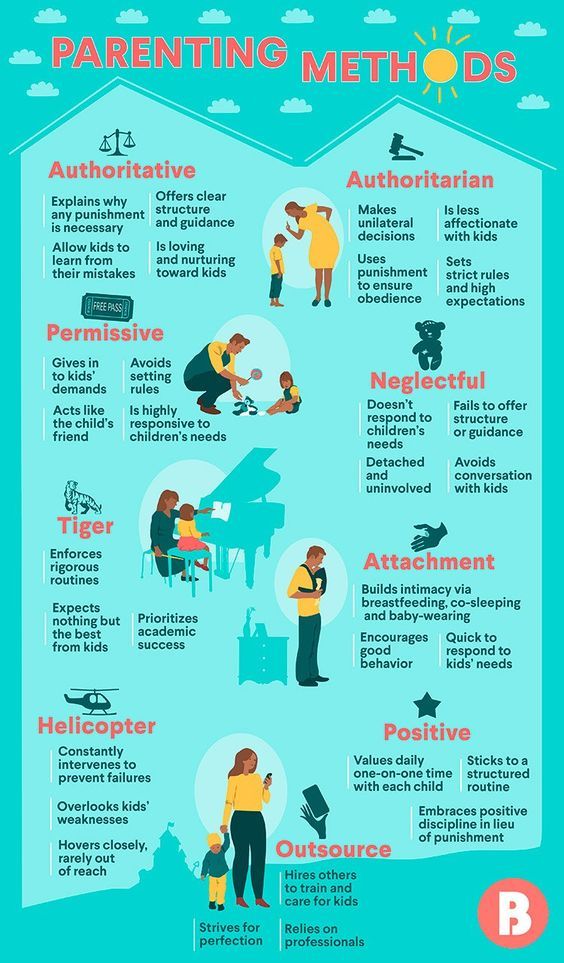 Under it, a person in adulthood usually avoids close relationships, keeps a partner at a distance, and also, as a rule, hides his feelings. Moreover, despite the closed behavior, such a person really needs relationships and support. Without them, he feels lonely.
Under it, a person in adulthood usually avoids close relationships, keeps a partner at a distance, and also, as a rule, hides his feelings. Moreover, despite the closed behavior, such a person really needs relationships and support. Without them, he feels lonely.
3. Disoriented attachment
Often formed in families where the child is physically abused. Their behavioral responses are inconsistent and change frequently. A person with a disoriented sense of attachment can seek a relationship for a long time, and having achieved it, immediately drop everything and break it off.
4. Ambivalent attachment
This type of attachment is formed when parents are inconsistent and unpredictable. They either allow or forbid. Either they are nearby, or they are not. And the child begins to cling to them so as not to lose them. People with this type of attachment have low self-esteem. They are very dependent, react painfully to the slightest changes in relationships, are afraid to be alone and therefore constantly demand confirmation of love.
Childhood traumas not only prevent us from building healthy relationships ourselves, but also have a bad effect on our partners. If you have an unhealthy type of attachment, it is difficult for you to recognize the emotions of a loved one and adequately respond to his feelings. You don’t know how to behave if your partner suddenly becomes sad or, on the contrary, flares up: you either move away from him or become even more attached, and thereby harm your relationship. Sometimes it's irreparable.
What can be done about it
1. Determine your type of attachment
Then if you suddenly notice any changes in your relationship, you will immediately say to yourself: “Calm down. No, this is not intuition. It's just my fear, my unhealthy attachment." Imagine a situation: your partner comes home in a bad mood. You immediately decide that you did something wrong and (horror!) he doesn't love you anymore. What are you doing next? You withdraw into yourself, make scandals with shouts: “Do you no longer need / do not need me?”.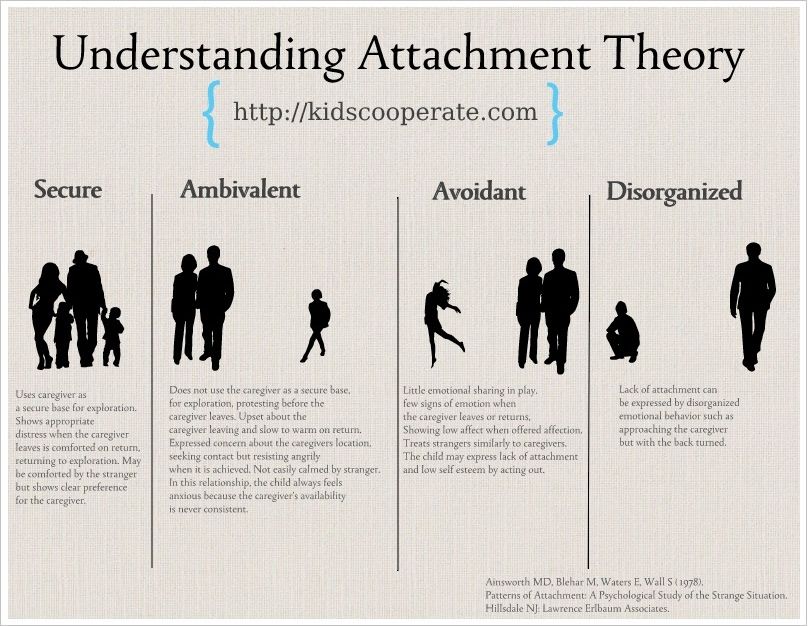 But it’s enough just to calm down and ask why he is sad today. Most likely, it will turn out that it is not you who are to blame, but the work or defeat of your favorite football team.
But it’s enough just to calm down and ask why he is sad today. Most likely, it will turn out that it is not you who are to blame, but the work or defeat of your favorite football team.
2. Talk about it with loved ones
Believe me, this will not be superfluous. When a loved one knows about your problems, he, like no one else, can help you get rid of them. Well, at least he will tell you if something is wrong, and not accumulate in himself in the hope that you yourself will understand everything and change.
3. Find a person whose type of attachment complements yours (ideally)
Of course, it's easiest to get along with two people with a secure type of attachment. But this happens much less often than we would like. Therefore, you can try to build relationships with someone whose type of attachment is different from yours and help each other.
4. Remember that childhood trauma is not with you forever
Yes, yes, although it has managed to change your brain quite well, you can still get rid of it and solve the problem.